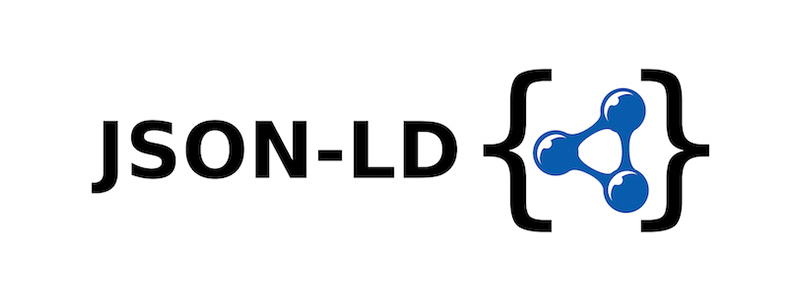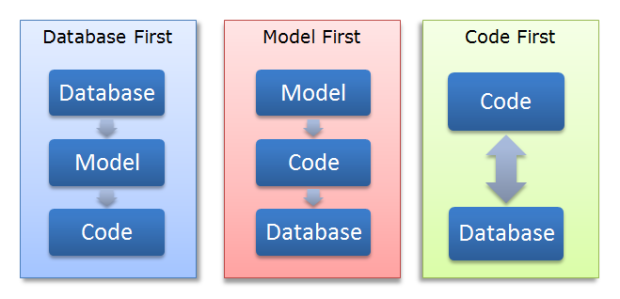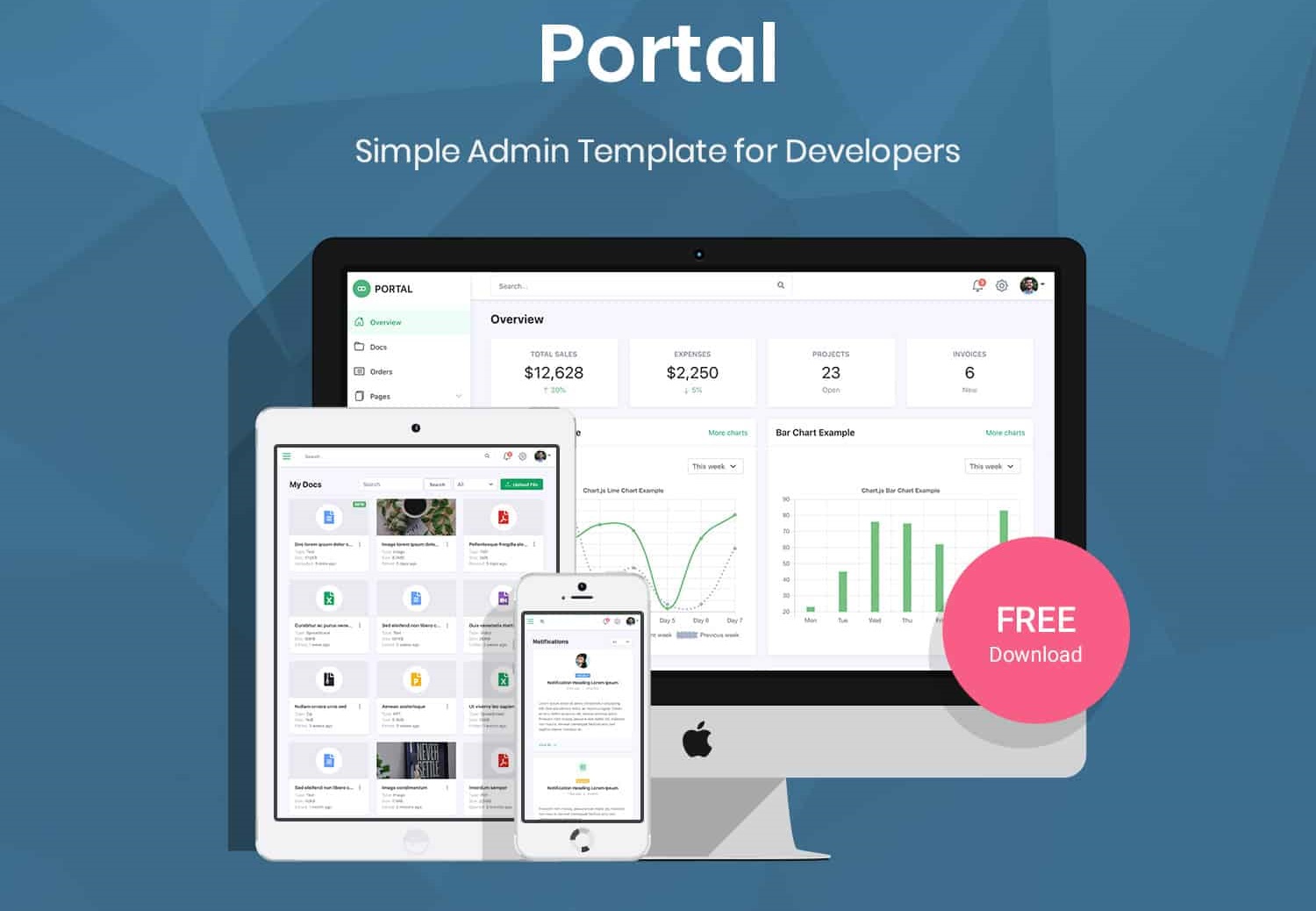How to Map query results to multiple objects with Dapper in C#
By Tan Lee Published on Mar 12, 2025 614
Multi Mapping in Dapper
To set up multi-mapping, you need to define the following:
- The types to map to - Specify the classes to map the results to.
- The split column(s) - Tell Dapper how to split the columns across the different objects.
- A mapping function - This is where you link the mapped objects together after they are created.
In this article, I’ll show how multi-mapping works using an example with a Products and Categories table.
One-to-One Relationship Multi Mapping
Consider a Products table and a Categories table, where each product is linked to one category via the CategoryId column:
Table relationship: One-to-one between Products and Categories.
SQL query:
SELECT p.ProductId, p.Name, c.CategoryId, c.CategoryName FROM Products p INNER JOIN Categories c ON p.CategoryId = c.CategoryId WHERE p.ProductId = @Id
| ProductId | Name | CategoryId | CategoryName |
|---|---|---|---|
| 12345 | "Smartphone" | 1 | "Electronics" |
Mapping the Result to Objects
We can map this result to a Product and Category object using multi-mapping.
using (var con = new SqlConnection(ConnectionString))
{
return con.Query<Product, Category, Product>(GET_SQL,
map: (product, category) =>
{
product.Category = category;
return product;
},
param: new { id },
splitOn: "CategoryId").FirstOrDefault();
}
In this example:
Query<Product, Category, Product>tells Dapper to map the columns to theProductobject first, then to theCategoryobject, and return anIEnumerable<Product>.- The split column is
CategoryId, so Dapper knows to map the columns left ofCategoryIdtoProductand the remaining columns toCategory.
Resulting object:
{
"ProductId": 12345,
"Name": "Smartphone",
"Category": {
"CategoryId": 1,
"CategoryName": "Electronics"
}
}
One-to-Many Relationship Multi Mapping
Now, let’s say we have a Products table and an OrderItems table, where each product can be part of multiple order items. This forms a one-to-many relationship.
Table relationship: One-to-many between Products and OrderItems.
SQL query:
SELECT p.ProductId, p.Name, oi.OrderItemId, oi.Quantity FROM Products p INNER JOIN OrderItems oi ON p.ProductId = oi.ProductId WHERE p.ProductId IN @Ids
Sample query result for a product:
| ProductId | Name | OrderItemId | Quantity |
|---|---|---|---|
| 12345 | "Smartphone" | 789 | 2 |
| 12345 | "Smartphone" | 790 | 1 |
Mapping the Result to Objects
In the one-to-many scenario, we need to ensure that multiple OrderItem objects are added to a single Product.
var productMap = new Dictionary<int, Product>();
using (var con = new SqlConnection(ConnectionString))
{
con.Query<Product, OrderItem, Product>(GET_ITEMS_SQL,
map: (product, orderItem) =>
{
orderItem.ProductId = product.ProductId; // Linking OrderItem to Product
if (productMap.TryGetValue(product.ProductId, out Product existingProduct))
{
product = existingProduct; // Use existing product
}
else
{
product.OrderItems = new List<OrderItem>();
productMap.Add(product.ProductId, product); // Store the product
}
product.OrderItems.Add(orderItem);
return product;
},
splitOn: "OrderItemId",
param: new { ids }
);
}
return productMap.Values;
In this example:
Query<Product, OrderItem, Product>tells Dapper to first map the columns to aProductobject, then to anOrderItemobject.- The split column is
OrderItemId, so columns to the left (likeProductIdandName) map toProduct, and the remaining columns (likeOrderItemIdandQuantity) map toOrderItem. - We use a dictionary (
productMap) to ensure that each product is only mapped once, and its associated order items are added to theOrderItemslist.
Resulting object:
{
"ProductId": 12345,
"Name": "Smartphone",
"OrderItems": [
{
"OrderItemId": 789,
"ProductId": 12345,
"Quantity": 2
},
{
"OrderItemId": 790,
"ProductId": 12345,
"Quantity": 1
}
]
}
Multi Mapping to More Than Two Objects
Finally, let's say we want to map the results of a query that pulls data from Products, Categories, and Suppliers tables. The relationships are as follows:
- One-to-one between
ProductsandCategories. - One-to-many between
ProductsandSuppliers.
Table relationship: One-to-one between Products and Categories, and one-to-many between Products and Suppliers.
SQL query:
SELECT p.ProductId, p.Name, c.CategoryId, c.CategoryName, s.SupplierId, s.SupplierName FROM Products p INNER JOIN Categories c ON p.CategoryId = c.CategoryId INNER JOIN Suppliers s ON p.SupplierId = s.SupplierId WHERE p.ProductId = @Id
Sample query result:
| ProductId | Name | CategoryId | CategoryName | SupplierId | SupplierName |
|---|---|---|---|---|---|
| 12345 | "Smartphone" | 1 | "Electronics" | 10 | "TechCorp" |
Mapping the Result to Objects
Here’s how to map the results to Product, Category, and Supplier objects:
using (var con = new SqlConnection(ConnectionString))
{
return con.Query<Product, Category, Supplier, Product>(GET_SQL,
map: (product, category, supplier) =>
{
product.Category = category;
product.Supplier = supplier;
return product;
},
param: new { id },
splitOn: "CategoryId,SupplierId").FirstOrDefault();
}
In this example:
Query<Product, Category, Supplier, Product>tells Dapper to map the columns first toProduct, then toCategory, and finally toSupplier.- The split columns are
CategoryIdandSupplierId, so Dapper knows how to map the columns to the correct objects.
Resulting object:
{
"ProductId": 12345,
"Name": "Smartphone",
"Category": {
"CategoryId": 1,
"CategoryName": "Electronics"
},
"Supplier": {
"SupplierId": 10,
"SupplierName": "TechCorp"
}
}
This example covers how to perform multi-mapping with Dapper for various types of relationships, ranging from one-to-one to one-to-many and even multi-mapping with more than two objects.





